Visit this blog for regular posts about Your Archives: The Histories We Share. Visit the Archives of Manitoba to see the records in person.
December 2020:
- December 18, 2020: Architectural Survey photograph collection and Donald Roderick Cameron fonds — Submitted by Murray Peterson, Historical Buildings Officer, City of Winnipeg
- December 11, 2020: Records of Manitoba’s Centennial Celebrations - Submission by Christian Cassidy, History Blogger
- December 4, 2020: Records related to Deaf Education in Manitoba — Submitted by David Burke, researcher of Deaf Education in Manitoba and member of the Deaf community
December 18, 2020
Architectural Survey photograph collection and Donald Roderick Cameron fonds — Submitted by Murray Peterson, Historical Buildings Officer, City of Winnipeg
“I’ve been working in the Archives my whole career, over 30 years, so giving just 1 of my favourite collection is impossible, I’m giving you 2!
“The Architectural Survey in the Photograph Collection is an amazing collection of black and white photos of buildings and details in Winnipeg and around the Province. Completed in 1969 and 1970, it is a priceless look at our architecture. It’s also been ‘updated’ with a new set of high resolution colour photographs of the buildings of downtown Winnipeg, finished last fall to celebrate the AS’s 50th Anniversary.

enlarge image
full size
Archives of Manitoba, Architectural Survey photograph collection, Winnipeg – Adelaide Street – Adelaide AP2
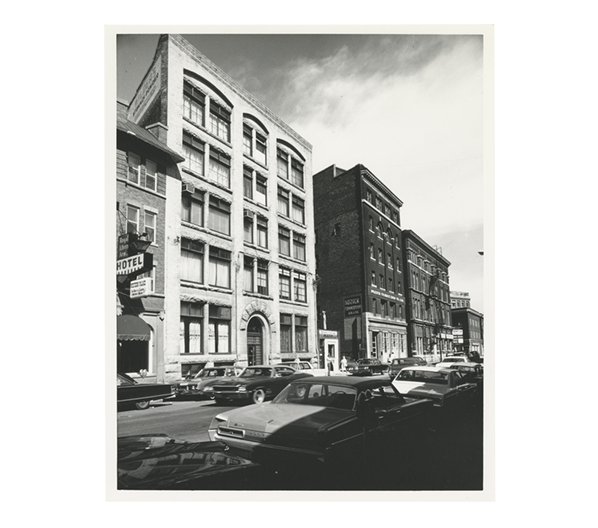
enlarge image
full size
Archives of Manitoba, Architectural Survey photograph collection, Winnipeg – Albert Street – Albert AP1
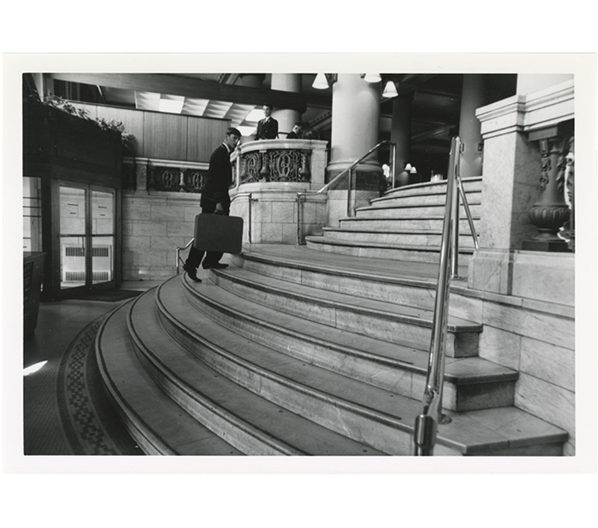
enlarge image
full size
Archives of Manitoba, Architectural Survey photograph collection, Winnipeg – Higgins Avenue – Higgins AP3
“Donald Roderick Cameron Fonds, 273 photograph collection of the British North American Boundary Commission, 1872-1876. An amazing collection of photos taken mostly in 1873 and 1874 when British & Canadian and American land surveyors set out west to carefully survey the International Border. The photographs document not only the surveyors and their equipment but life in the camps, Métis and First Nations guides, their families, clothing and life and amazing pictures of the scenery as they made their way across the plains to the Rocky Mountains. Tony Rees’ book, Arc of the Medicine Line (Winnipeg, MB: Douglas & McIntyre, 2007) takes journal, official report and diary records and makes a very readable and personal history of the Commission’s scope and work and gives great background to the collection and survey personnel. I’ve attached one of my favourites, a group of armed Métis hired to protect the surveying party.”
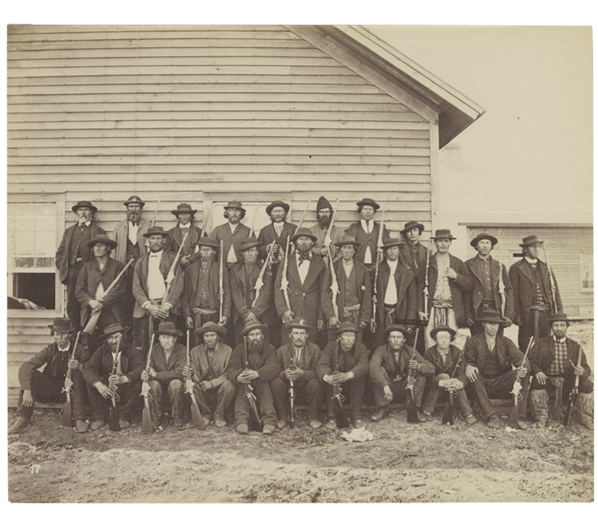
enlarge image
full size
Want to know more? Search Keystone or contact us for more information.
Want to participate in Your Archives? See Submit Your Story for details. You may e-mail us at yourarchives@gov.mb.ca with a comment about this blog post and your comments may be included on this page.
December 11, 2020
Records of Manitoba’s Centennial Celebrations - Submission by Christian Cassidy, History Blogger
“I would like to see some images from Manitoba's Centennial in 1970. It seems like it was quite a party with numerous concerts, a Royal tour, a touring musical caravan, many new parks & buildings etc. constructed in communities across the province.
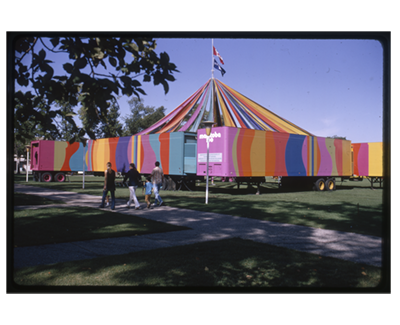
enlarge image
full size
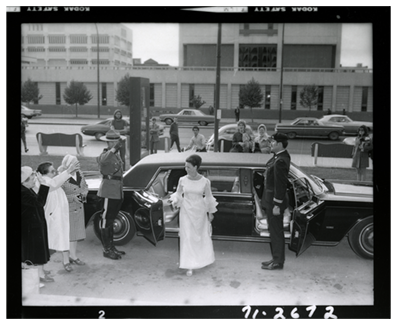
enlarge image
full size
Archives of Manitoba, CH 0267 Government photographs, GR3552, 71-2672 Winnipeg Royal Visit, Centennial Concert Hall and Manitoba Theatre Centre, 1971, ZZ 7-2-4-3
“I was doing research for a post about official Manitoba centennial songs. I checked the archives' website and the Keystone search engine to see if I could find some digitized images related to ‘The Spirit of 70’ and there are absolutely none.
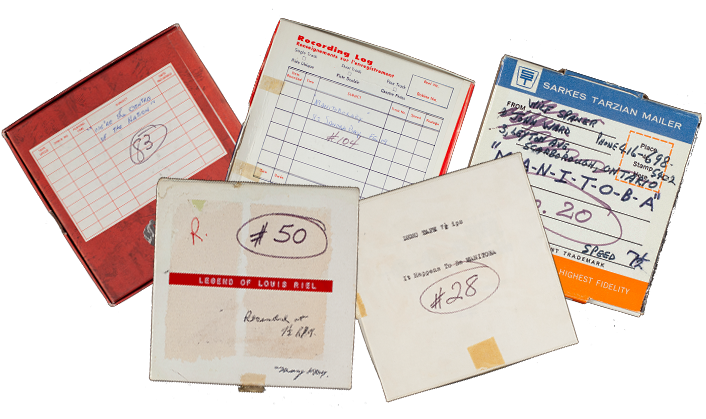
(5 images)
“It would be neat to look back to how we celebrated 50 years ago.”
Want to know more? Search Keystone or contact us for more information.
Want to know more about what we digitize? See Digitization at the Archives of Manitoba.
Want to participate in Your Archives? See Submit Your Story for details. You may e-mail us at yourarchives@gov.mb.ca with a comment about this blog post and your comments may be included on this page.
December 4, 2020
Records related to Deaf Education in Manitoba — Submitted by David Burke, researcher of Deaf Education in Manitoba and member of the Deaf community
“I have been interested in the history of Deaf Education in Manitoba for many years. I started researching more seriously about seven years ago, after I retired. I have found a lot of useful information at both the Archives of Manitoba and the Legislative Library.
“The first Deaf school was established in Winnipeg in 1888 in the Fortune Block at Main Street and St. Mary Ave. In the 132 years since then, deaf students in Manitoba have moved 13 times!
“There are many records related to the many Manitoba School for the Deaf buildings at the Archives including photographs and plans. It is difficult to pick just one record! I am choosing a photograph of the old Manitoba Agricultural College in Tuxedo which was the Manitoba School for the Deaf from 1914 to 1917, during the First World War.
“During the time that the deaf students were at the Tuxedo campus, the buildings and grounds were also used for military training and barracks. This made for an interesting experience for the students. Some male students wrote in the school’s newsletter, The Echo, in the December 1, 1914 issue 1:
‘We are delighted to hear that the soldiers are going to live in the Machinery and Dairy Buildings here. We hope they will drill in front of Roblin Hall every afternoon.
‘There are soldiers up at the school. They live in the Machinery and Dairy Buildings. We do not go near them. Dr. McDermid told us to stay away from them for we might get shot by the sentries. There will be no hockey in the Amphitheatre this year, because the soldiers are living there.’
“In 1914-1915 there were 83 deaf students at the Manitoba School for the Deaf and in 1915-1916 there were 108 students. They lived at the school from September to June and did not go home for holidays during the school year.
“The Archives has many photographs of the old Manitoba Agricultural College. I have chosen this panoramic photo which shows the buildings used by the Deaf School and some of the soldiers who were there during the First World War. These are the men of the 27th Battalion of the Canadian Expeditionary Force. The photo was taken in January 1915. The light-coloured building in the centre housed the students. The building on the left, Roblin Hall, housed the soldiers.
“If you zoom in, you can see the soldiers’ guns. It is incredible to see the guns and think that the deaf students wouldn’t even hear them being fired!
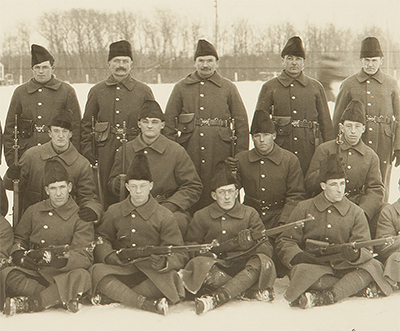
enlarge image
full size
“The Archives also has a photo of the Tuxedo campus which clearly shows all of the buildings and the outdoor space which was used for drilling. The deaf students were told not to go out to this area which was south of the school but they could go north of the buildings towards the Assiniboine River. They liked to skate and play hockey on the river in the winter.
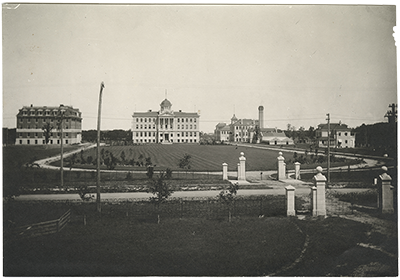
enlarge image
full size
“In 1917 the military took over the whole Tuxedo campus to use as a hospital for returning soldiers. The students wrote in The Echo in the April 2, 1917 issue:
‘Over 100 are working here on the buildings for the soldiers. The Boy’s Building is ready. Yesterday we saw many women come. They scrubbed and cleaned the building. Some men have worked there at night this week. Wounded soldiers are coming there next Monday.’
“This meant that the deaf students had to move once again. The 1916-1917 school year ended abruptly and the school moved to the new Agricultural College in St. Vital (now the University of Manitoba in Fort Garry) for the 1917-1918 school year. They shared space with the university students there for a number of years until a purpose-built school opened in 1922 on Shaftesbury Boulevard. There are so many interesting stories in the history of Deaf Education in Manitoba.”
Written with Rachel Mills, an archivist at the Archives of Manitoba who has assisted David with his research and learned a lot about the history of Deaf Education in Manitoba from him.
References:
- ^ Issues of The Echo are held by the Legislative Library of Manitoba.
Want to know more? Search Keystone for more information.
Want to participate in Your Archives? See Submit Your Story for details. You may e-mail us at yourarchives@gov.mb.ca with a comment about this blog post and your comments may be included on this page.




